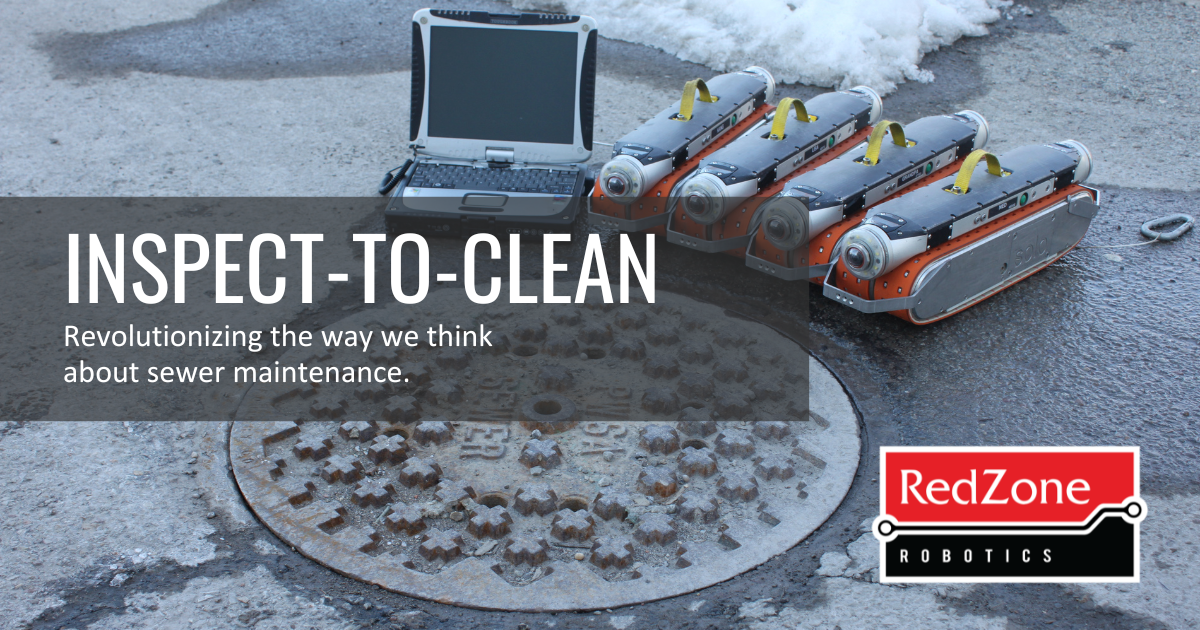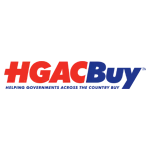
Dive into how RedZone Robotics is transforming the landscape of sewer management with its advanced Inspect-to-Clean services, focusing on efficiency and sustainability in maintaining sewer networks, and reducing environmental impact. This article will provide a contrasting view versus typical clean-to-inspect work in sewer networks.
Introduction
In an era focused on sustainability and operational efficiency, traditional sewer management practices, particularly the cleaning prior to inspection (“clean-to-inspect”), are becoming increasingly untenable. These practices not only consume significant resources but also strain budgets with their inefficiency and environmental impact. RedZone Robotics is leading a transformative shift with its Inspect-to-Clean services, prioritizing precision, resource conservation, and enhanced decision-making in sewer management.
The Limitations of Traditional Clean-to-Inspect Practices
Traditionally, sewer management has relied heavily on routine cleanings of entire systems before conducting inspections. This approach, while straightforward, has several drawbacks:
- Resource Intensive: It uses large amounts of water and energy, contributing to environmental degradation.
- Costly: It necessitates frequent use of heavy machinery and labor, incurring high operational costs.
- Inefficient: Cleaning entire systems or basins without assessing their condition leads to wasted efforts and resources.
- Innovative Approach: RedZone’s Inspect-to-Clean Services
RedZone Robotics challenges these outdated practices with its Inspect-to-Clean approach, which uses advanced inspection technologies to assess the condition of sewer lines before deciding on cleaning. This strategy not only improves efficiency but also significantly enhances sustainability by focusing resources only where they are needed.

Key Benefits of Inspect-to-Clean
Targeted Cleaning: By utilizing sophisticated robotic cameras, RedZone identifies critical issues within the sewer system, allowing for focused cleaning efforts. This method avoids the unnecessary cleaning of entire sewer lines, dramatically reducing water and energy use.
- Cost Reduction: Inspect-to-Clean minimizes unnecessary expenditures on labor and resources. By saving on pre-cleaning costs for approximately 75% of the system, municipalities can allocate their budgets more effectively, focusing on areas that genuinely need attention.
- Improved Decision-Making: The detailed data collected during inspections helps in making informed decisions about where and how to allocate resources. Knowing the exact nature and location of defects allows for more accurate planning and intervention, enhancing the overall management of sewer assets.
Technological Backbone of Inspect-to-Clean
RedZone’s Inspect-to-Clean services are supported by cutting-edge technology:
- Advanced Robotic Cameras: These cameras navigate through sewer systems, providing high-resolution images and data on the system’s condition.
- Data Analytics: The data collected is analyzed using sophisticated software that highlights critical areas needing maintenance. This analysis is crucial for prioritizing interventions and planning maintenance schedules.
- GIS Integration: Integrating inspection data with Geographic Information Systems (GIS) allows for better visualization and management of sewer networks, facilitating strategic planning and operational efficiency.
Case Study
One standout example of the cost-effectiveness of RedZone’s Inspect-to-Clean services is illustrated in a comprehensive case study involving a city with 200,000 linear feet (LF) of pipeline. Traditionally, the city would have cleaned 100% of the pipe before conducting any inspections—a costly and often unnecessary practice. However, by adopting RedZone’s innovative approach, the city was able to inspect the entirety of its system first, identifying that only 20% of the pipelines were significantly obstructed and required cleaning. This strategic shift not only optimized the use of resources but also led to substantial cost savings.
An additional study, which analyzed data from seven cities encompassing two million linear feet, confirmed that approximately 75% of pipes required no pre-inspection cleaning whatsoever. By focusing cleaning efforts solely on the obstructed 20%, the city saved $100,000, reducing its sewer maintenance costs by 30% compared to traditional clean-to-inspect methods. This real-world application demonstrates the significant financial and operational benefits of RedZone’s Inspect-to-Clean services, providing a compelling argument for other municipalities to reconsider their sewer management strategies.
READ MORE: https://redzone.com/why-redzone/case-studies/inspect-to-clean/
RedZone Robotics’ Inspect-to-Clean services are redefining the standards of sewer management. By integrating advanced technology with strategic maintenance practices, RedZone not only enhances operational efficiency but also fosters sustainability. This innovative approach offers a compelling alternative to traditional methods, proving that effective sewer management can be achieved without sacrificing environmental values or financial viability. As municipalities continue to seek smarter management solutions, RedZone’s Inspect-to-Clean approach stands out as a beacon of efficiency, sustainability, and forward-thinking leadership in infrastructure management.
Take the first step towards a smarter, more resilient sewer management strategy. Partner with RedZone Robotics and set your utility on the path to success.





